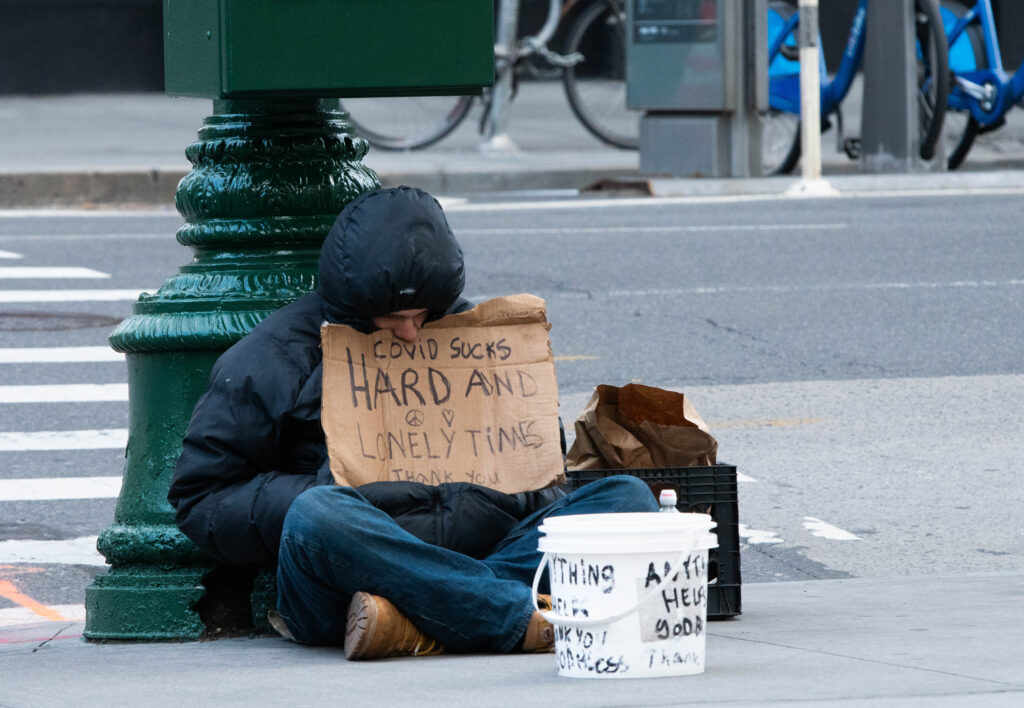Introduction and Background
Homelessness is a long standing social issue that appears to have no clear end in sight. The idea of homelessness becoming a “crisis” within urban landscapes in the United States dates back to the 1980’s, however the issue is ever present and worsening every day, with nearly half a million individuals struggling with being unhoused daily (Padgett 2007; United States Interagency Council on Homelessness). While this issue is not always apparent in daily life, the use of news media outlets and other online media allows one to be aware of the matter instantaneously. Although the majority of unhoused individuals do have a shelter, these are either offered by non-profit organizations, or are abandoned buildings they are able to inhabit for a period of time. Many factors contribute to this ongoing issue of homelessness in the United States, specifically mental illness with a lack of services provided; low-paying jobs; substance use; lack of needed services; and now, the COVID-19 pandemic (United States Conference of Mayors). While being knowledgeable about such issues of homelessness is important, one must be aware of possible bias, specifically political bias, in the media that can shape how one thinks about and approaches this social issue. In order to explore how media and language shape our social understanding I analyzed various news media online articles to see how they discuss the phenomenon of homelessness in the present day.

Research Question and Variables
Throughout this research, I aimed to answer the question: what is the effect of political bias on the language surrounding homelessness in the United States among news media outlets? My independent variable was political bias, which was assigned with the use of allsides.com, an organization that aims to promote balanced news through transparency regarding news media sites’ political biases. I chose media outlets from the left, right, and center, in order to be able to compare how they discuss homelessness in the U.S. I looked at the language regarding homelessness used by various news media outlets as my dependent variable, in order to understand what words they choose to use and what they mean when choosing those specific words and phrases. Homelessness can take many forms, and I looked at stories regarding individuals who do not have ownership of their shelter, whether owned or rented. Individuals living in shelters are still included in this research since unhoused shelters are publicly available resources for the homeless, as well as individuals who are no longer homeless but were at some point. While not every organization uses the same language, it is important to note what they do use and what is excluded, and what can be interpreted from that. Through this, I compared and contrasted the ways politically differing news media outlets discuss homelessness, and how that shapes the public view of the issue.